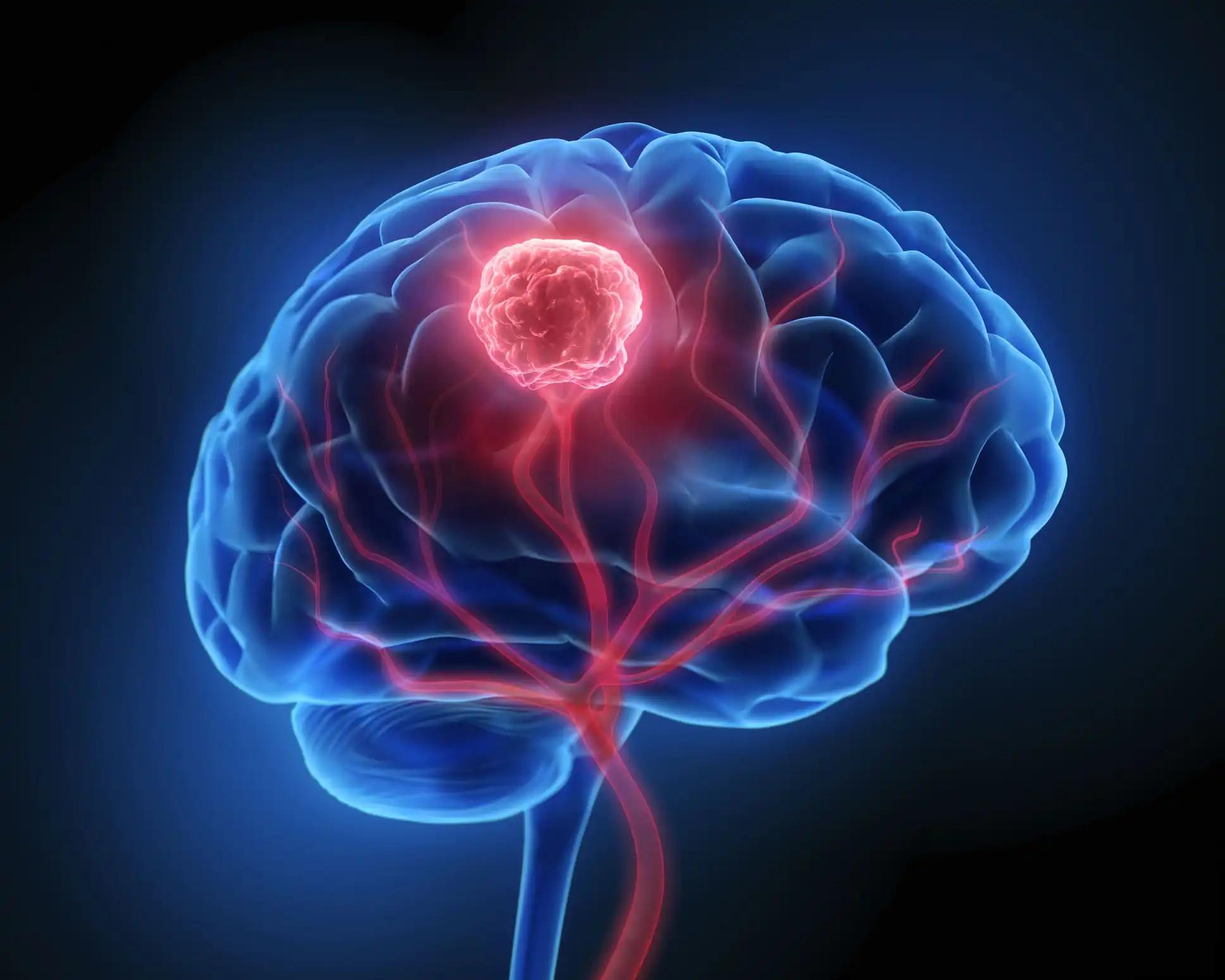KEY TAKEAWAYS
- The study aimed to employ TOP2-RNA to classify gliomas and uncover their molecular targets.
- TOP2-RNA detects diverse glioblastoma driver gene alterations, offering abundant predictive, prognostic, and diagnostic biomarkers, and expanding individualized treatment options.
Brain cancers, particularly malignant brain tumors such as gliomas, demand varied molecular profiles for classification according to the latest World Health Organization criteria. Given their poor prognosis, there is an urgent need for new therapeutic targets. The Todai OncoPanel 2 RNA Panel (TOP2-RNA) employs custom-target RNA-sequencing (RNA-seq) using the junction capture method. This approach maximizes sensitivity, enabling the detection of 455 fusion gene transcripts and analysis of expression profiles for 1,390 genes, crucial for addressing the complexities of brain cancer.
Yukina Shirai and the team conducted a study that aimed to utilize TOP2-RNA for glioma classification and identification of molecular targets.
About 124 frozen malignant glioma samples underwent TOP2-RNA analysis to classify them based on their molecular profiles and identify molecular targets.
Among the 55 glioblastoma cases, gene fusions were identified in 11 cases (20%), including the discovery of novel MET fusions. Additionally, overexpression of seven tyrosine kinase genes was observed in 15 cases (27.3%). Notably, IDH-mutant tumors, comprising astrocytomas and oligodendrogliomas, exhibited minimal occurrence of fusion genes or gene overexpression compared to IDH wild-type glioblastoma.
Regarding gene amplifications, 22 cases (64.7%) demonstrated copy number amplifications of MDM2 and CDK4 in glioblastoma. In gene set enrichment analysis, astrocytomas were found to be highly enriched for gene sets associated with 1p36 and 19q, indicating the potential evaluation of regional genomic DNA copy number alterations through gene expression analysis.
The highly sensitive TOP2-RNA assay effectively detects fusion genes, exon skipping, and aberrant gene expression in glioblastoma, revealing alterations in targetable driver genes in over 50% of cases. This molecular profiling approach offers abundant predictive, prognostic, and diagnostic biomarkers not typically identified by conventional assays, thus expanding treatment options for individual glioma patients.
Research was funded by Grant-in-Aid for Rare Cancer Research under grant number 1–7 from the National Cancer Center, Japan.
Source: https://link.springer.com/article/10.1007/s11060-024-04563-z
Shirai, Y., Ueno, T., Kojima, S. et al. (2023) ‘’ The development of a custom RNA-sequencing panel for the identification of predictive and diagnostic biomarkers in glioma.’’ J Neurooncol (2024). https://doi.org/10.1007/s11060-024-04563-z



